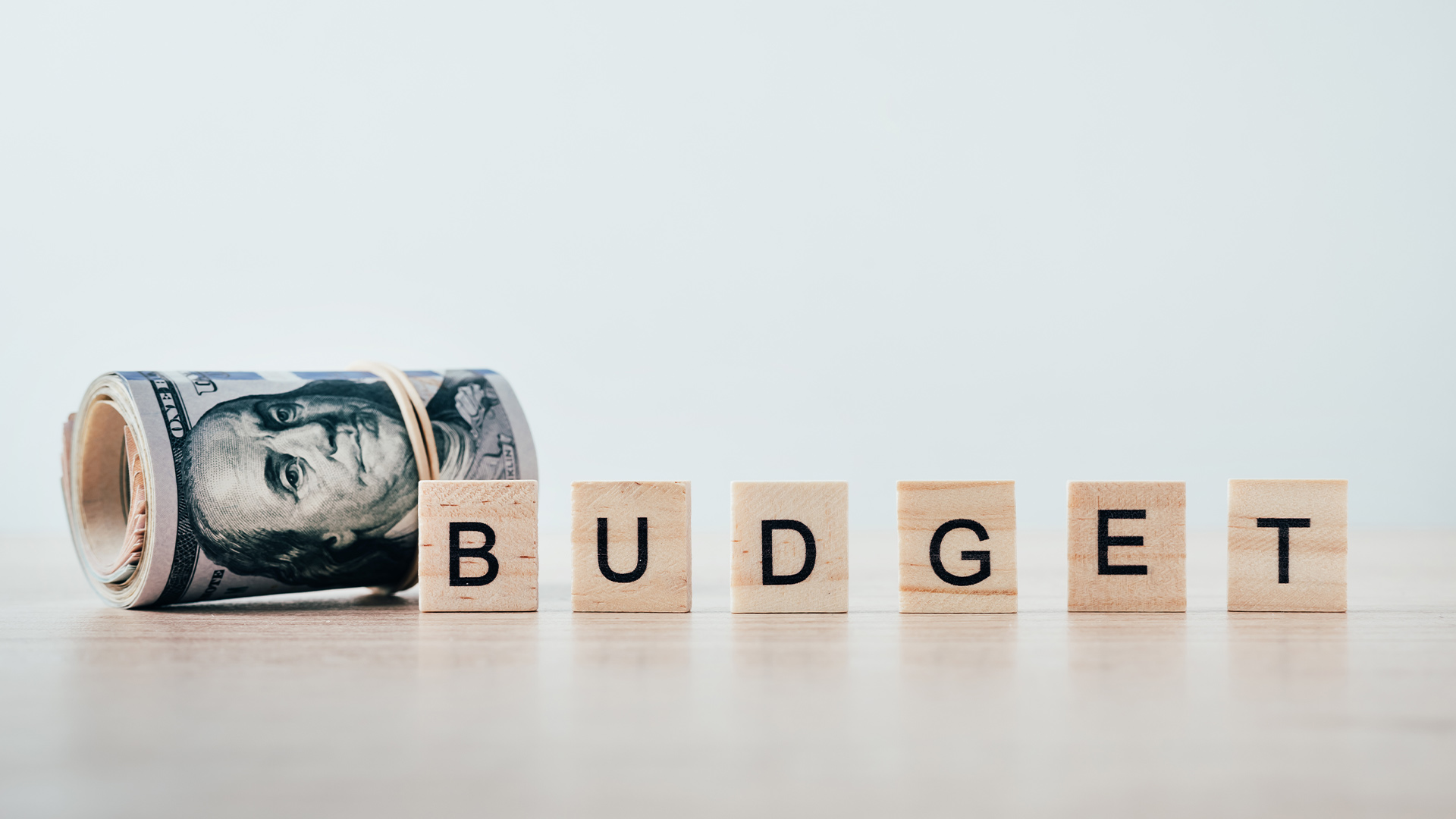If you've ever made it to the end of the week and wondered, “Where did all my money go?”--you’re not alone. Most people don’t overspend with one giant swipe. It’s the slow leak of daily spending that drains your budget. That’s why a simple daily money tracker is one of the most effective tools you can use to stay in control.
This isn’t about spreadsheets so complicated they require a finance degree. It’s about an easy, repeatable habit that makes you more aware, more intentional, and more in control of your financial life.
Here’s why daily tracking works--and how to make it a habit using tools you already have access to.
Why Track Daily?
It’s not about being obsessive. It’s about staying present.
When you track your spending every day--even just for 5 minutes--you:
- Catch overspending before it snowballs
- Spot emotional or unconscious spending patterns
- Build a stronger relationship with your money
- Reduce end-of-month anxiety
And the best part? It gives you instant feedback. No more “hope and guess” budgeting.
What to Track (and What Not To)
Your tracker should include just enough info to be useful--without becoming overwhelming.
Start with:
- Date
- Category (groceries, transport, takeout, subscriptions, etc.)
- Amount
- Payment method (cash, credit, debit, app)
- Optional note (why you spent it, how you felt, etc.)
That’s it. You don’t need to track every penny down to five decimal places. You just need visibility.
Make It a Ritual, Not a Chore
The key to success? Make it part of your daily rhythm.
Try:
- Logging expenses right before bed
- Adding entries while waiting in line or commuting
- Pairing it with your morning coffee or evening wind-down
The goal isn’t to create a perfect log. It’s to build awareness. And awareness leads to better decisions.
Choose the Right Format for You
Here are three common formats--use whichever fits your lifestyle:
1. Google Sheets or Excel
Great for people who love simplicity and visuals. Auto-calculates totals, allows sorting, and works well on both desktop and phone. You can create your own spreadsheet with date, category, and total columns, using sum formulas to track your spending over time.
2. A Notes App or Digital Journal
Apps like Notion, Evernote, or Apple Notes work just fine. Create a daily “log” entry and fill it in throughout the day. Use emojis, bullet points, or tags to keep things fun and visually clear.
3. Pen-and-Paper
Sometimes writing things down feels more real. A paper journal, planner, or printable tracker on your fridge can make the habit more tactile and harder to ignore. You don’t need fancy formatting--just consistency.
Use Categories That Make Sense
Don’t overcomplicate it with 20 categories. Stick with 6-10 that match your real-life spending:
- Food
- Transportation
- Housing
- Health
- Subscriptions
- Entertainment
- Personal
- Savings
Too many categories = burnout. Keep it useful, not perfect.
Spot Patterns and Adjust Weekly
Set aside 10 minutes once a week to look back:
- Which days are your “spendy” days?
- What categories are creeping up?
- Are there purchases you forgot about the next day?
These mini reviews are where the real power lies. They help you course-correct before you go off-budget. For instance, if you notice you're always overspending on Fridays, you might plan ahead for it with a weekly fun budget.
Link It to a Goal
Tracking is easier when you tie it to something meaningful:
- Saving for a trip
- Paying off a credit card
- Building a $1,000 emergency fund
Each entry becomes a tiny step toward something bigger. That makes the habit stick.
Write your goal at the top of your tracker. Every time you open it, you’ll remember why you’re putting in the effort.
Make Weekly Reviews Part of the System
Once a week--maybe Sunday night or Monday morning--take a few minutes to do a quick review:
- Total your spending
- Check which categories went over
- Reflect on 1-2 purchases: worth it or not?
- Celebrate if you stuck to your plan
This moment of reflection helps you stay grounded and aware without needing to obsess over every cent.
Use Small Rewards to Reinforce the Habit
If you track daily for 7 days, give yourself a small reward. Maybe it’s an afternoon break, a walk, an hour to read a novel, or time to scroll guilt-free.
Habit change sticks when your brain associates it with positive feelings--not punishment.
If You Miss a Day, Don’t Quit
You’re going to skip a day here and there. The key is to pick it back up right away. Don’t let one missed log turn into a forgotten week.
Try writing this rule in your tracker: “Miss one? Get back in the game tomorrow.”
Keep It Simple and Flexible
You’re not building a financial database. You’re building awareness.
The simpler and more flexible your tracking habit is, the more likely you are to stick with it. Don’t stress over exact cents or categorizing things perfectly. The goal is clarity, not perfection.
By making your daily money tracker personal, useful, and emotionally rewarding, you can transform your spending awareness--and your entire financial life.



